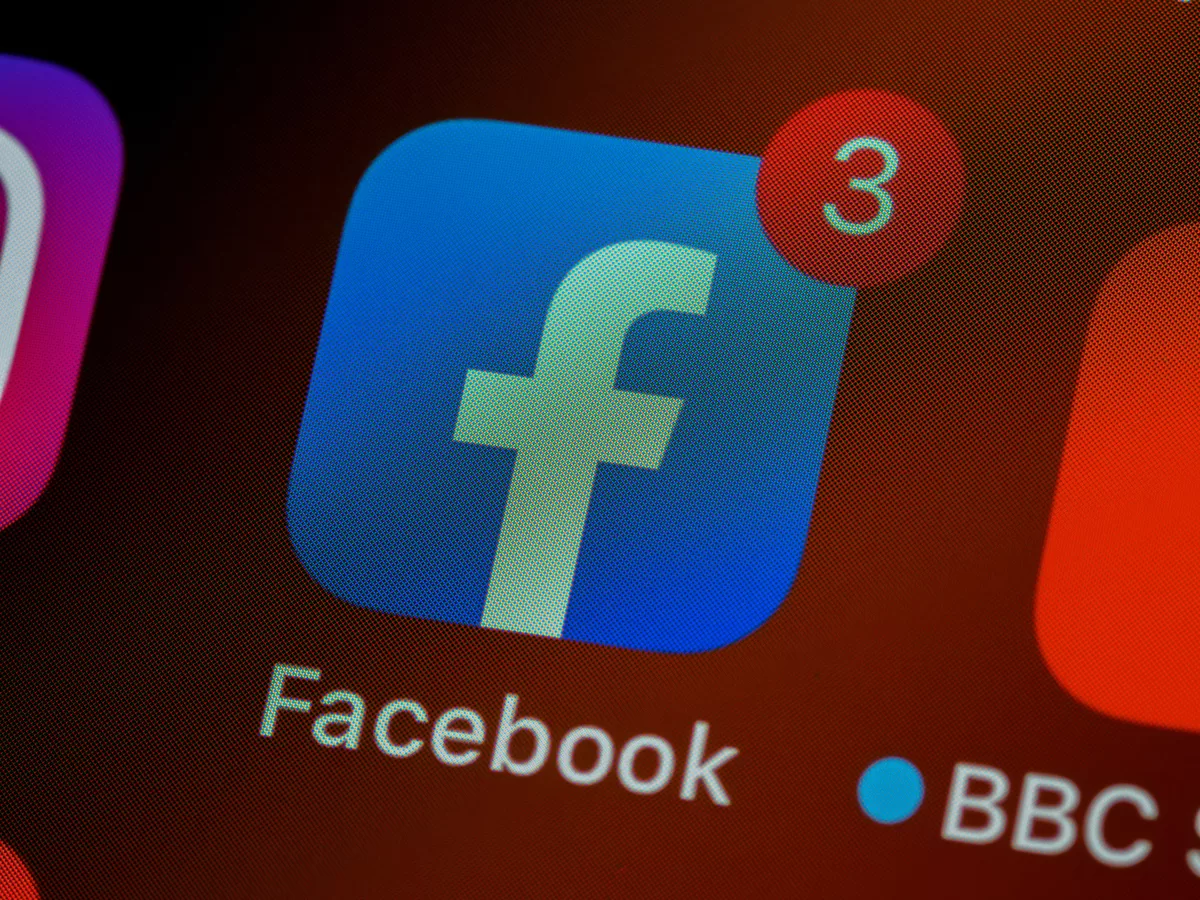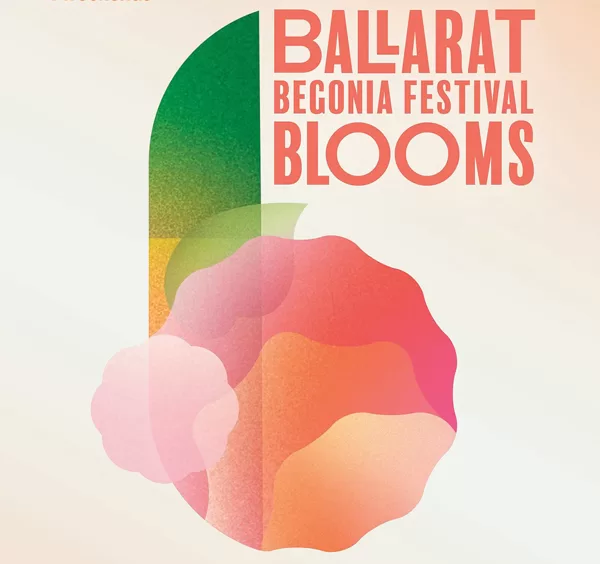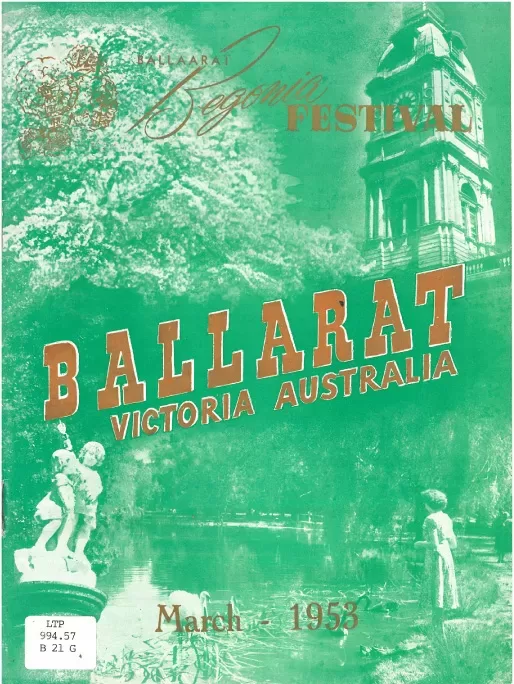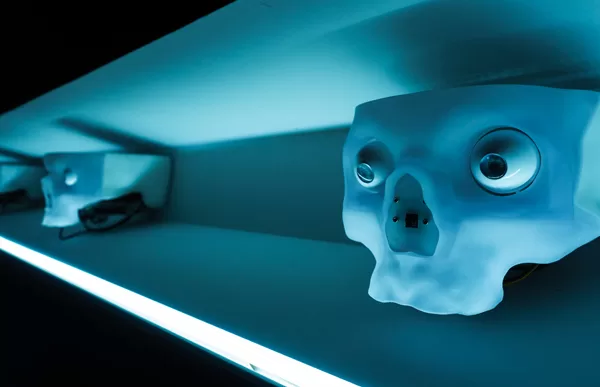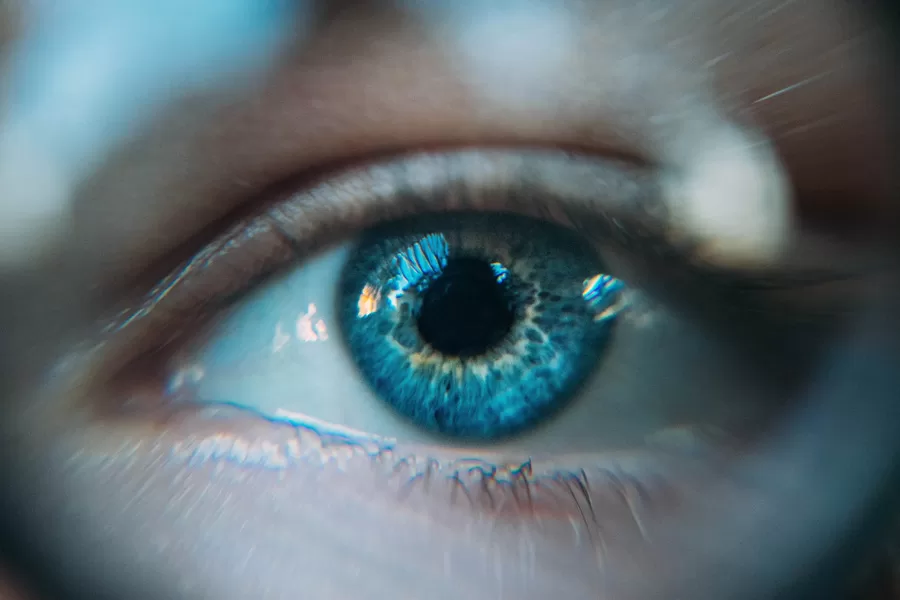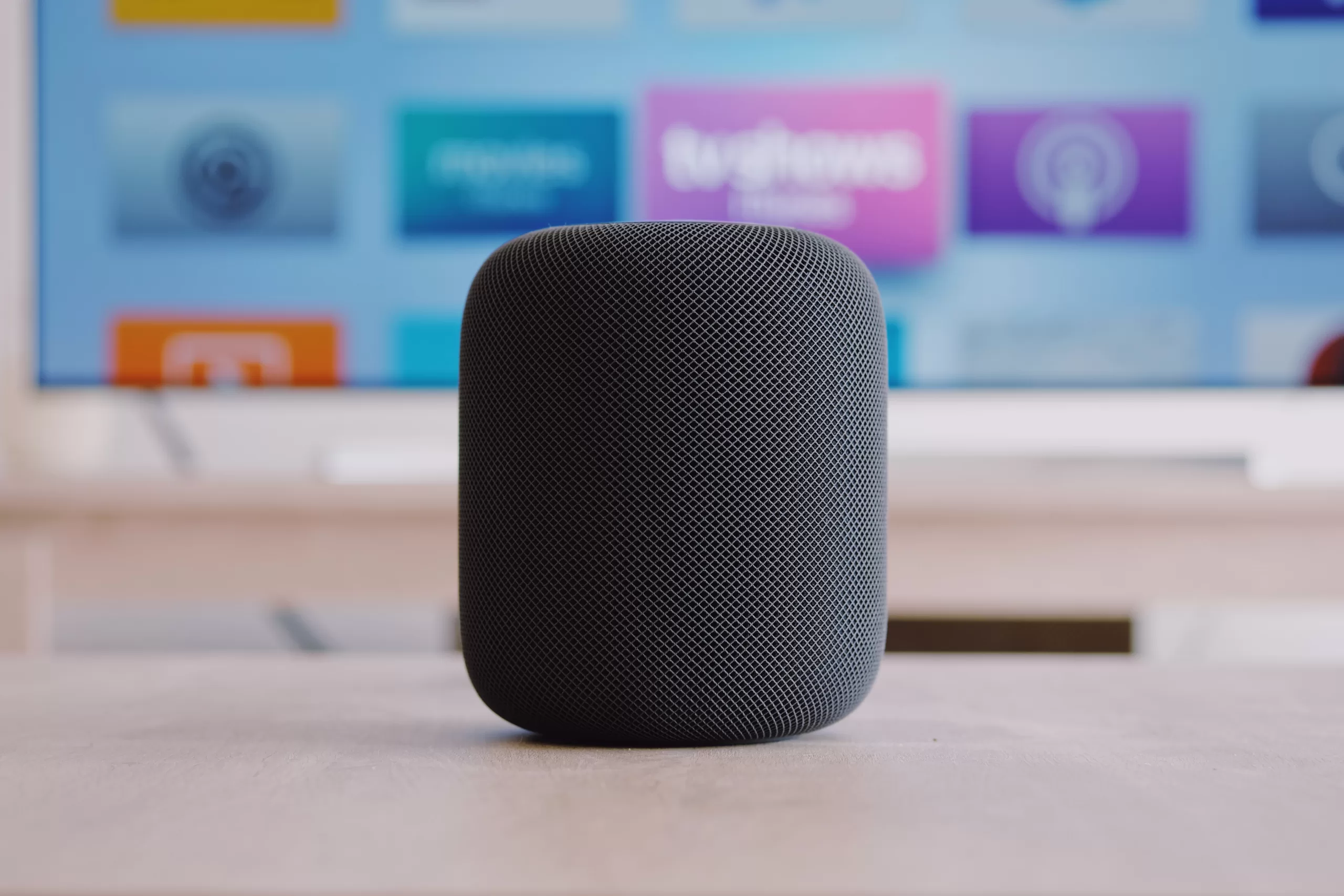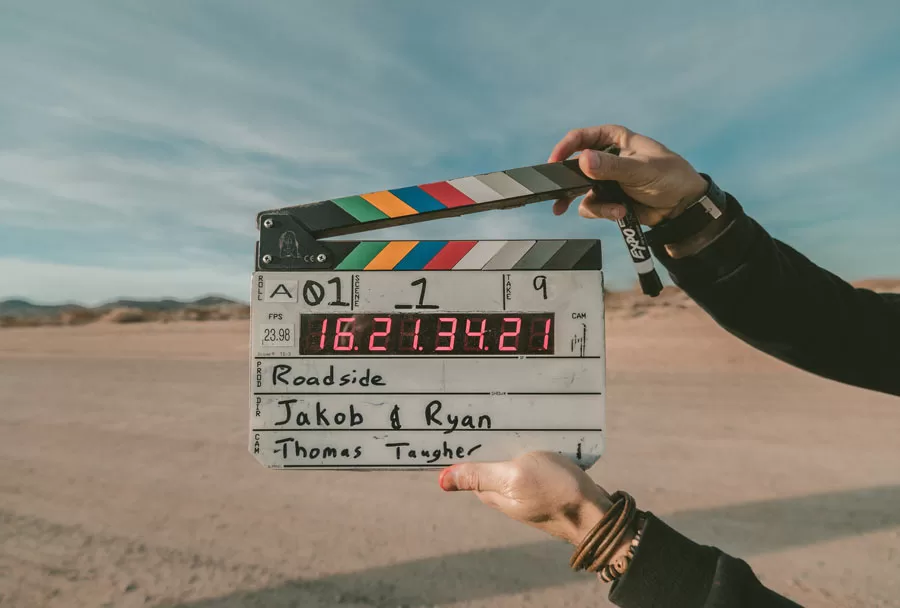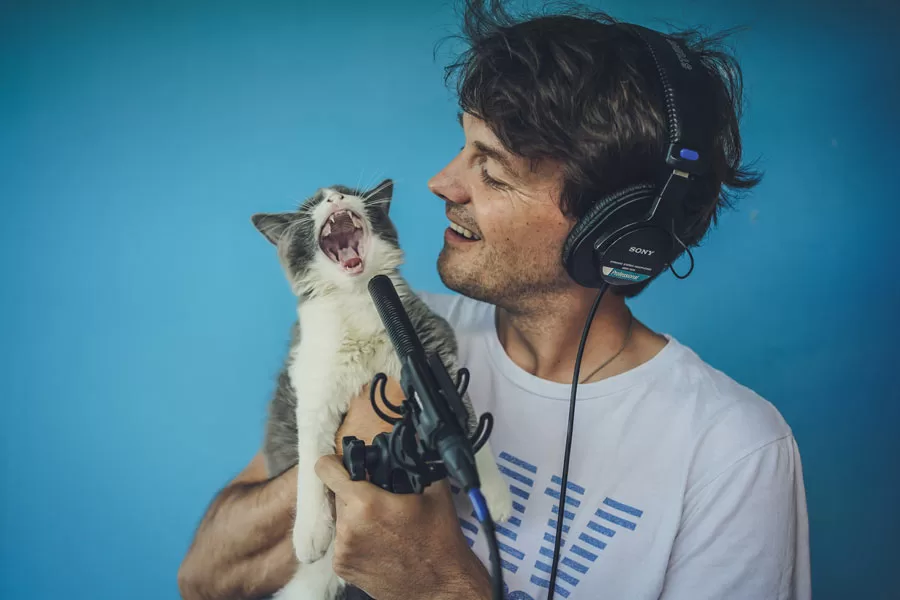Facebook has announced a list of new audio tools for soundbites, in-app podcasts and live audio rooms.
The audio tools will feature audio quality enhancements, captions, speech translations, and sound effects.
The new tools follow the rise of podcasts, audio messages and the more recent fame of Clubhouse, which has attracted big names like Elon Musk.
SoundBites will be a new format for short-form audio, a little like TikTok for audio. The tool will let you change your sound via filters and other effects.
Facebook’s long-form audio will feature in-app podcasts, which means users won’t have to leave the app. An expanded partnership with Spotify will bring the audio player to Facebook’s app as well, allowing users to listen to both music and podcasts.
Facebook expects its new Clubhouse-style Live Audio Rooms will be popular with Groups. Participants will be able to tip creators with Facebook’s digital currency.
Facebook’s Mark Zuckerberg, suggests the tools will play a big part in the creative economy, enabling individuals and shifting power from traditional institutions to enable individuals to exercise their own creativity. But he also acknowledges the debate over the degree to which audio, particularly live audio, should be moderated. If misinformation is shared in Facebook audio rooms, should moderators shut it down?
Facebook is currently setting up an Audio Creator Fund to pay users to create content for SoundBites and working on podcast features that will allow users to discover, share and listen to podcasts.

